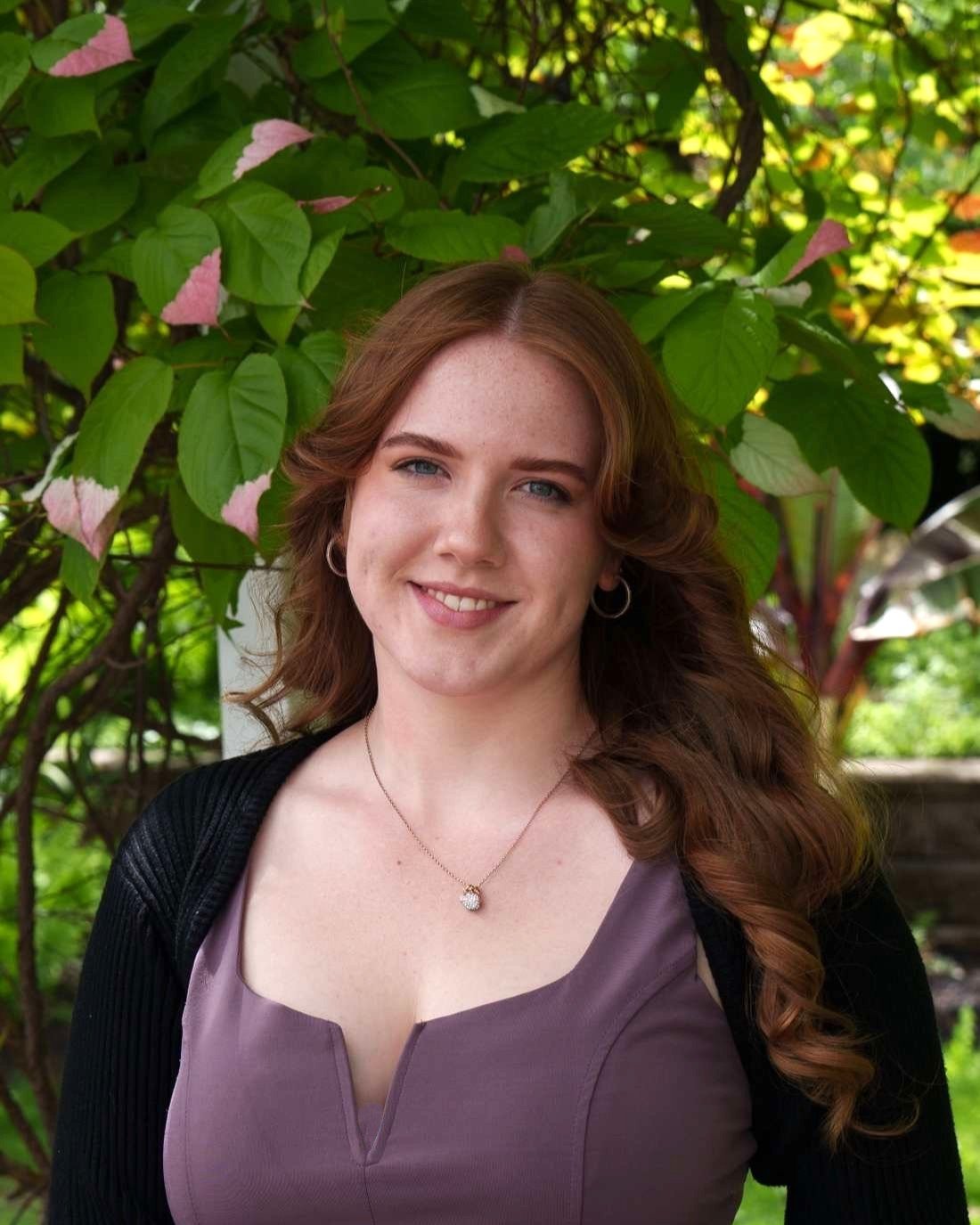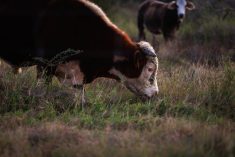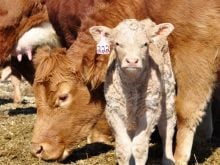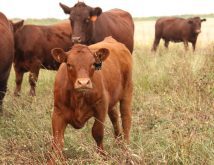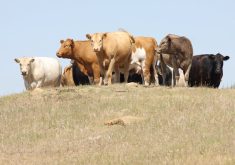Glacier FarmMedia – Drought is a long-lasting hardship for farmers and ranchers, permeating all aspects of life, whether that’s during the drought or dealing with the effects afterward.
Southern Saskatchewan has been dealing with drought for nearly a decade now, and some cattle producers have sought alternative solutions.
“Drought is the impartial management consultant that nobody wants, but everyone has access to,” said Mark Hoimyr, a cattle producer from Gladmar, Sask., who has adopted holistic management practices.
Read Also

Growth plates are instrumental in shaping a horse’s life
Young horse training plans and workloads must match their skeletal development. Failing to plan around growth plates can create lifelong physical problems.
“And it tells you what works when conditions are really harsh, and it points out absolutely every flaw in anything that you thought you knew.”
At last month’s Holistic Management Conference in Assiniboia, Sask., a panel of producers discussed drought management and prevention. There was the typical exchange of tips, strategies and ideas to manage one’s land and herd to make it through the difficult situation, but they they also talked about community and mental health, topics that are sometimes pushed aside when discussing drought resilience.
“Don’t give up, you just have to keep going,” said David Flundra, a cattle producer from Maple Creek, Ssak., who took the holistic management course in 2021.
“There’s people to contact, people you can work with in regards to helping design (grazing and management) programs. I mean, don’t just quit. And whatever you do isn’t wrong. It’s all heading in the right direction.”
Calvin Gavelin, a cattle producer from McCord, Sask., has followed holistic practices for the last six of the seven years he’s been in a drought. He said he has been a support for many in his community, and has also been supported by them.
“Some of my best friends got me through that drought because we talked every day,” he said.
“And without that talk, I think some of them would have been, like, suicidal at the time, because it was so bad and multiple years in a row.”
The panellists said keeping communication open and honest is essential to supporting each other and focusing on surviving the hard times together.
Producers are advised to check in with one another but also to attend regional meetings and conferences, which can build community and lift the mental burden by knowing others are also experiencing the tough times.
However, they said that without honesty about a situation, others can’t offer valuable solutions.
Many of those possible solutions were shared during the panel, each addressing various issues and timelines. While panellists have each been experiencing ongoing droughts, they have taken different approaches to the situation because operations are dependent on the environment, region and goals.
Gavelin didn’t destock any of his herd, while Flundra and Hoimyr did. Instead, to keep his herd and manage finances, he converted approximately three quarters of his crop land to grazing or bale production, cut back on fertilizer for his remaining crop land and bought extra feed ahead of the curve.
“My dad always said you’re better ahead than behind, and in that situation, buying feed early saved us half the cost to purchase,” he said.
Flundra reduced his herd and found “new” pasture that wasn’t being used near his son’s land to reduce the impact to his home pastures. He also bought feed, but has been able to reduce costs over the years by never buying new.
“I don’t buy new equipment. If my equipment’s not 20 years old, it’s too new,” he said, earning a chuckle from the crowd.
“I keep it, but I’m able to keep it in good shape.”
Ladi Flundra added that the holistic management course taught them to view and discuss their finances differently, by identifying their weakest link and asking themselves if they’re limiting or contributing to it.
“I think it had really made a change for us financially in our operation,” she said.
“Because we spent our money differently, and we put money in places that we really needed it, whereas we didn’t identify that earlier.”
The Hoimyrs destocked “quite heavily” when the drought hit them in 2017, selling nearly a third of their herd.
“We didn’t think we had the grass for them, and we didn’t want to buy feed,” said Laura Hoimyr.
“And we’re kind of thinking in hindsight, that we were kind of overstocked anyways.”
At the time, they were already rotation grazing. Since then, they’ve adjusted their practices to a more severe graze-long rest strategy that’s allowed them to maintain their size and slowly grow, even in the hard years.
This means leaving the cows on the pasture until there is minimal standing material— but not grazed to the ground — and then moving the herd from that pasture and not returning for a year if on tame forages and two years if on native prairie.
“I wish I could say that was too long and that it didn’t need longer, but when it’s dry, it seems to want (more time),” Mark Hoimyr said.
The other lessons shared by the panel were about preparing for drought instead of responding. Have a plan, know what works in the local area and get an operating loan (if one is needed) before trouble arrives to provide a cushion.
Gavelin has been practising shoulder season grazing and using winter annuals as a cover crop. He gets an extra month of grazing and active roots that pull in moisture. He also takes advantage of his hay fields by leaving a strip of grass every 16 feet to catch snow .
Each panellist also shared elements of a destocking or risk management plan, which was based on animal priority, land observations and forage math. Everyone had a component of tiering, with the seperation of dry cows, heifers and immediate sells. However, there was some variation among the panellists.
Gavelin additionally subdivides his pastures with electric wire and has developed water infrastructure to each. Flundras also control grazes areas and looks for pasture alternatives to have on standby. The Hoimyrs run a plan similar to Gavelin’s, plus they’ve learned the animal-to-forage ratio so that they can always run the math.
“The math gets played out in your head daily,” Mark Hoimyr said.
“And we get so see, long before we run out of grass, that we’re not going to have enough or we make a plan to adjust for that.”
Laura Hoimyr said they’ve tried to use set destock dates, but all it really does is give them a range to aim for. Instead, they rely on observations of their land and animals, as well as the math, to make their final decisions.

